In order to validate the performance of its 182mm Hi-MO 5 module under extreme weather conditions, LONGi has carried out rigorous dynamic load testing (DML) on the bifacial Hi-MO 5 at the China General Certification (CGC) laboratory.
The test sample was randomly selected from modules under mass production, with results showing that, under installation conditions of outer four hole bolt mounting (1400mm) with 1500Pa, the Hi-MO 5 passed a 22,000 cycle test and was still in excellent condition, endorsing the design and reliability of both module size and structure. Similar publicly released DML test results for larger modules (2384mm×1303mm) showed these to have survived only 2,000 cycles, indicating the fatigue limit of the Hi-MO 5 to be over 10 times that of a larger module.
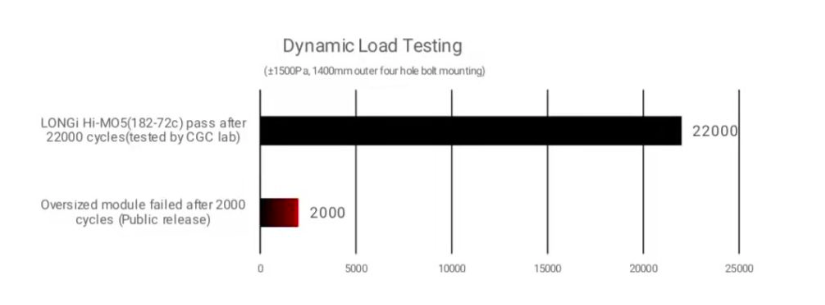
- Hi-MO 5 appearance is intact and power degradation only 0.05% after DML
In order to verify theperformanceof Hi-MO 5in extreme conditions, the standard IEC DML test level was raised by a factor of 1.5, equating to a pressure of 1500Pa. The test result showed that, after 22,000 cycles, the module’s appearance remained intact and power degradation was only 0.05%, indicating excellent reliability and resistance under a wind speed of 54m/s.
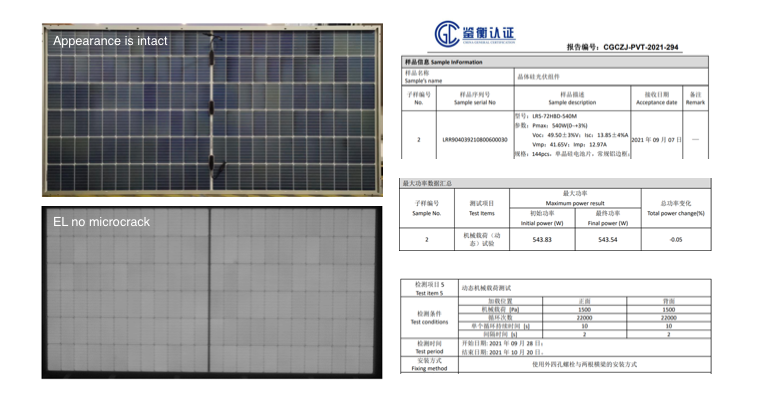
2. Module size and smart soldering lead to better reliability
Following comprehensive structural analysis, Hi-MO 5 was designed with an area of approximately 2.6m2 to optimize the inner structure and linear density of its frame, making the module more stable and reliable under extreme weather conditions. Dynamic load testing is similar to fatigue testing, therefore fatigue property for different size modules is studied in this article. The following figure illustrates the correlation between fatigue life and applied stress of the 6005 T6 aluminum alloy (applied in almost all PV module frames). It is found that the higher the applied stress, the lower the fatigue life, meaning that obtaining the stress applied to the mounting hole of the frame is helpful in evaluating the fatigue behavior of different size modules.
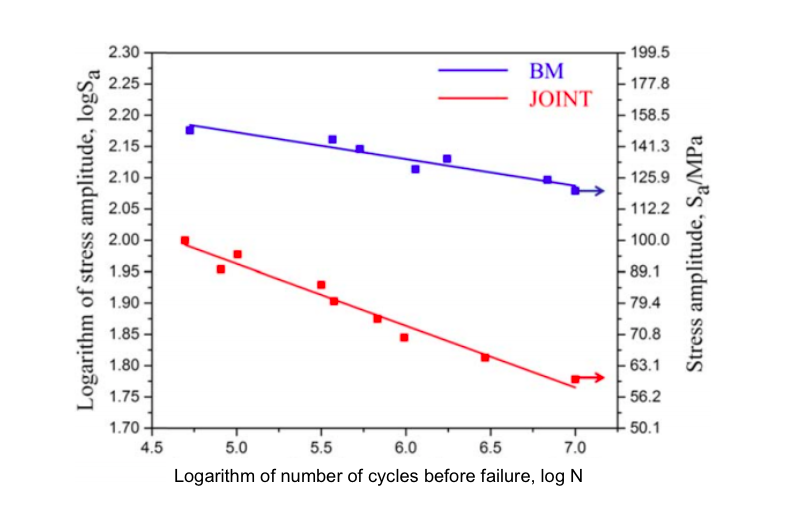
Subjected to the same wind pressure, a larger module area means higher wind force applied to the mounting hole. The force applied to the mounting hole for different size modules is calculated in the following figure. It is found that the applied force of Hi-MO 5 (2.6m2) is approximately 1500N lower than that of a larger module (3.1 m2), which means the fatigue lifetime of the Hi-MO 5 is higher. The above DML test result is consistent with the theoretical analysis of fatigue behavior of different size modules.
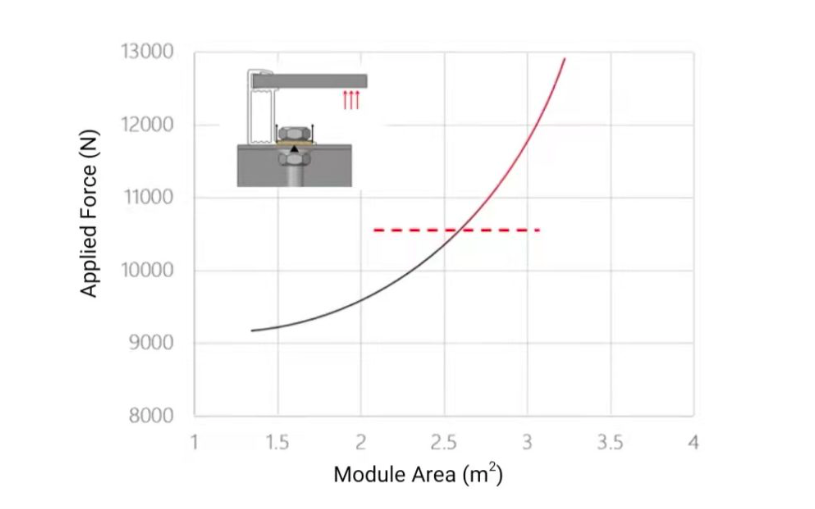
Hi-MO 5 adopts crackless smart soldering technology, resulting in a soft connection between cells, which enables the module to experience little power degradation with no microcracks under high mechanical loading.
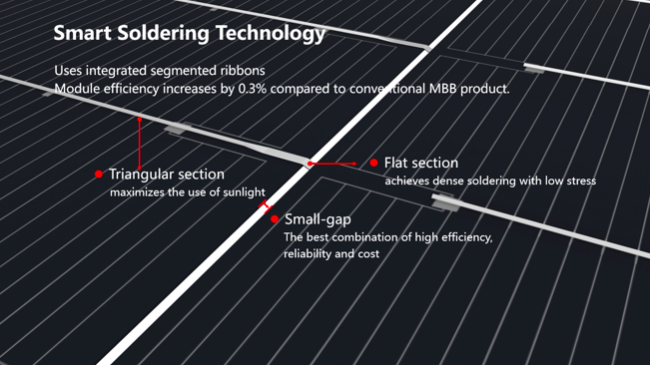
After a year of mass production of Hi-MO 5, its high efficiency and reliability, convenient transportation and ease of manual handling has been fully endorsed by customers. LONGi will continue to adhere to its product design concept based on improved LCOE and focus on performance during the product’s full lifecycle.

